Volatilität, Wachstum und Finanzkrisen
Diese Forschungsgruppe analysiert die Entstehung von Instabilitäten im Finanzsystem und die realökonomischen Konsequenzen von Finanzkrisen. Dabei werden kausale Reaktionen gesamtwirtschaftlicher Größen auf makroökonomische Schocks identifiziert. Frühwarnmodelle beschreiben das zyklische Auftreten von Vulnerabilitäten im Finanzsystem.
IWH-Datenprojekt: Financial Stability Indicators in Europe
Forschungscluster
Finanzresilienz und RegulierungIhr Kontakt

- Abteilung Makroökonomik
PROJEKTE
01.2022 ‐ 12.2023
Sovereign Risk Shocks
Deutsche Bundesbank
05.2017 ‐ 09.2019
Frühwarnmodelle für systemische Bankenkrisen: Der Effekt von Modell- und Schätzunsicherheit
Deutsche Forschungsgemeinschaft (DFG)
01.2018 ‐ 12.2018
International Monetary Policy Transmission
Deutsche Bundesbank
Referierte Publikationen

Advances in Using Vector Autoregressions to Estimate Structural Magnitudes
in: Econometric Theory, Nr. 3, 2024
Abstract
<p>This paper surveys recent advances in drawing structural conclusions from vector autoregressions (VARs), providing a unified perspective on the role of prior knowledge. We describe the traditional approach to identification as a claim to have exact prior information about the structural model and propose Bayesian inference as a way to acknowledge that prior information is imperfect or subject to error. We raise concerns from both a frequentist and a Bayesian perspective about the way that results are typically reported for VARs that are set-identified using sign and other restrictions. We call attention to a common but previously unrecognized error in estimating structural elasticities and show how to correctly estimate elasticities even in the case when one only knows the effects of a single structural shock.</p>
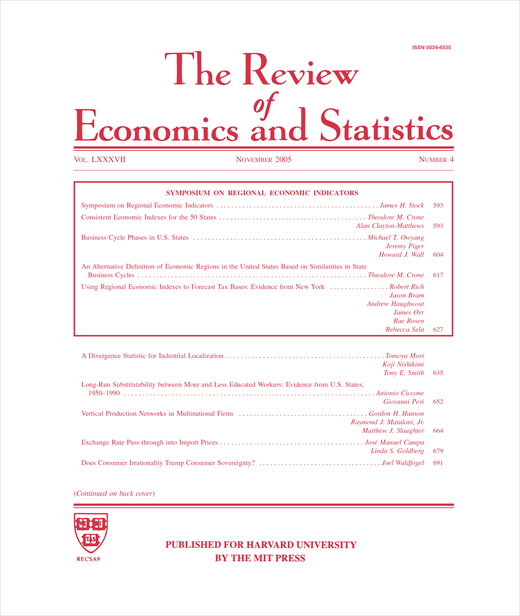
Tracking Weekly State-Level Economic Conditions
in: Review of Economics and Statistics, Nr. 2, 2024
Abstract
<p>This paper develops a novel dataset of weekly economic conditions indices for the 50 U.S. states going back to 1987 based on mixed-frequency dynamic factor models with weekly, monthly, and quarterly variables that cover multiple dimensions of state economies. We find considerable cross-state heterogeneity in the length, depth, and timing of business cycles. We illustrate the usefulness of these state-level indices for quantifying the main contributors to the economic collapse caused by the COVID-19 pandemic and for evaluating the effectiveness of the Paycheck Protection Program. We also propose an aggregate indicator that gauges the overall weakness of the U.S. economy.</p>
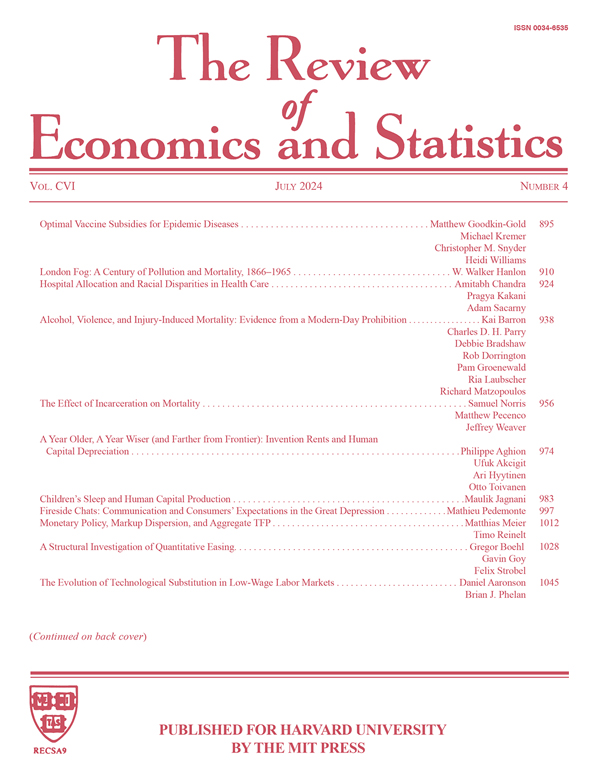
Energy Markets and Global Economic Conditions
in: Review of Economics and Statistics, Nr. 4, 2022
Abstract
We evaluate alternative indicators of global economic activity and other market funda-mentals in terms of their usefulness for forecasting real oil prices and global petroleum consumption. World industrial production is one of the most useful indicators. However, by combining measures from several different sources we can do even better. Our analysis results in a new index of global economic conditions and measures for assessing future energy demand and oil price pressures. We illustrate their usefulness for quantifying the main factors behind the severe contraction of the global economy and the price risks faced by shale oil producers in early 2020.
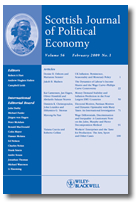
Why They Keep Missing: An Empirical Investigation of Sovereign Bond Ratings and Their Timing
in: Scottish Journal of Political Economy, Nr. 2, 2022
Abstract
Two contradictory strands of the rating literature criticize that rating agencies merely follow the market on the one hand, and emphasizing that rating changes affect capital movements on the other hand. Both focus on explaining rating levels rather than the timing of rating announcements. Contrarily, we explicitly differentiate between a decision to assess a country and the actual rating decision. We show that this differentiation significantly improves the estimation of the rating function. The three major rating agencies treat economic fundamentals similarly, while differing in their response to other factors such as strategic considerations. This reconciles the conflicting literature.
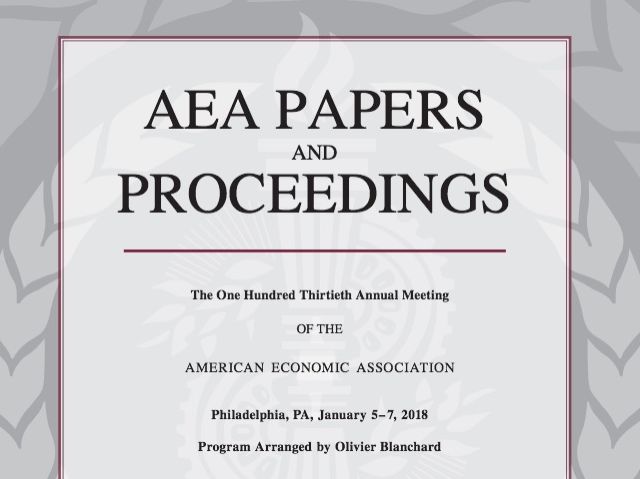
Structural Vector Autoregressions with Imperfect Identifying Information
in: American Economic Association Papers and Proceedings, May 2022
Abstract
The problem of identification is often the core challenge of empirical economic research. The traditional approach to identification is to bring in additional information in the form of identifying assumptions, such as restrictions that certain magnitudes have to be zero. In this paper, we suggest that what are usually thought of as identifying assumptions should more generally be described as information that the analyst had about the economic structure before seeing the data. Such information is most naturally represented as a Bayesian prior distribution over certain features of the economic structure.
Arbeitspapiere
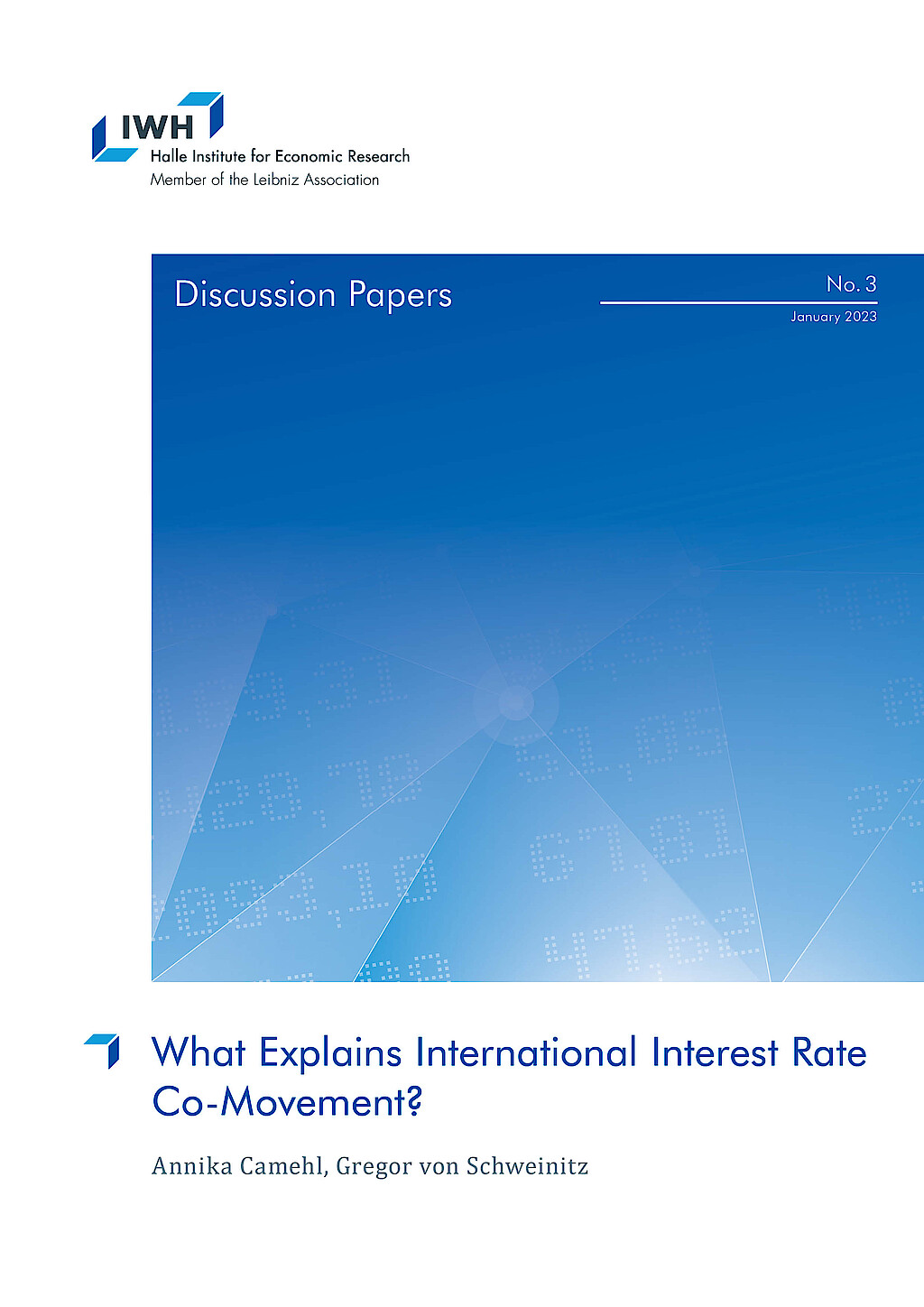
What Explains International Interest Rate Co-Movement?
in: IWH Discussion Papers, Nr. 3, 2023
Abstract
We show that global supply and demand shocks are important drivers of interest rate co-movement across seven advanced economies. Beyond that, local structural shocks transmit internationally via aggregate demand channels, and central banks react predominantly to domestic macroeconomic developments: unexpected monetary policy tightening decreases most foreign interest rates, while expansionary local supply and demand shocks increase them. To disentangle determinants of international interest rate co-movement, we use a Bayesian structural panel vector autoregressive model accounting for latent global supply and demand shocks. We identify country-specific structural shocks via informative prior distributions based on a standard theoretical multi-country open economy model.
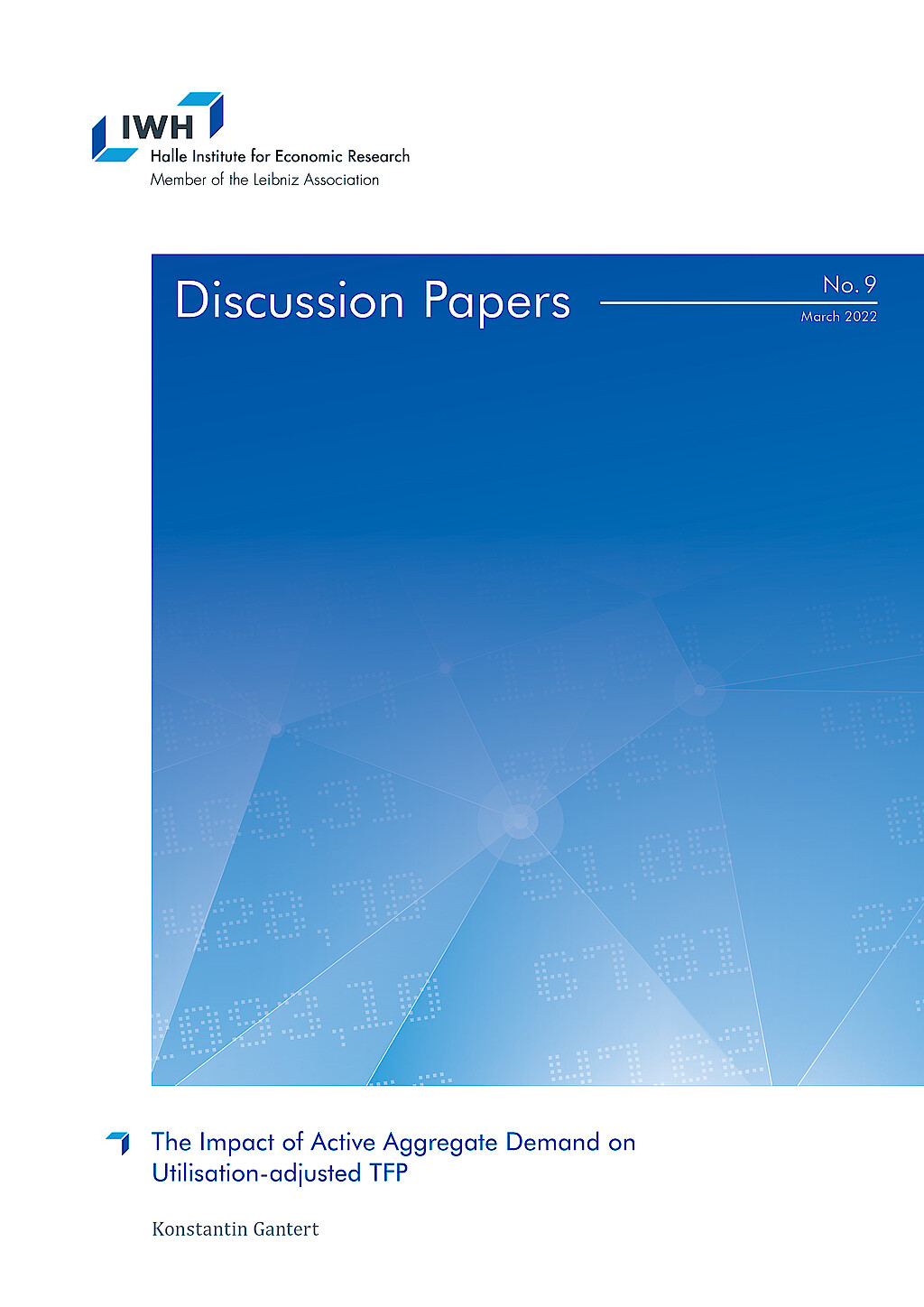
The Impact of Active Aggregate Demand on Utilisation-adjusted TFP
in: IWH Discussion Papers, Nr. 9, 2022
Abstract
Non-clearing goods markets are an important driver of capacity utilisation and total factor productivity (TFP). The trade-off between goods prices and household search effort is central to goods market matching and therefore drives TFP over the business cycle. In this paper, I develop a New-Keynesian DSGE model with capital utilisation, worker effort, and expand it with<i> goods market search-and-matching (SaM)</i> to model non-clearing goods markets. I conduct a horse-race between the different capacity utilisation channels using Bayesian estimation and capacity utilisation survey data. Models that include goods market SaM improve the data fit, while the capital utilisation and worker effort channels are rendered less important compared to the literature. It follows that TFP fluctuations increase for demand and goods market mismatch shocks, while they decrease for technology shocks. This pattern increases as goods market frictions increase and as prices become stickier. The paper shows the importance of non-clearing goods markets in explaining the difference between technology and TFP over the business cycle.
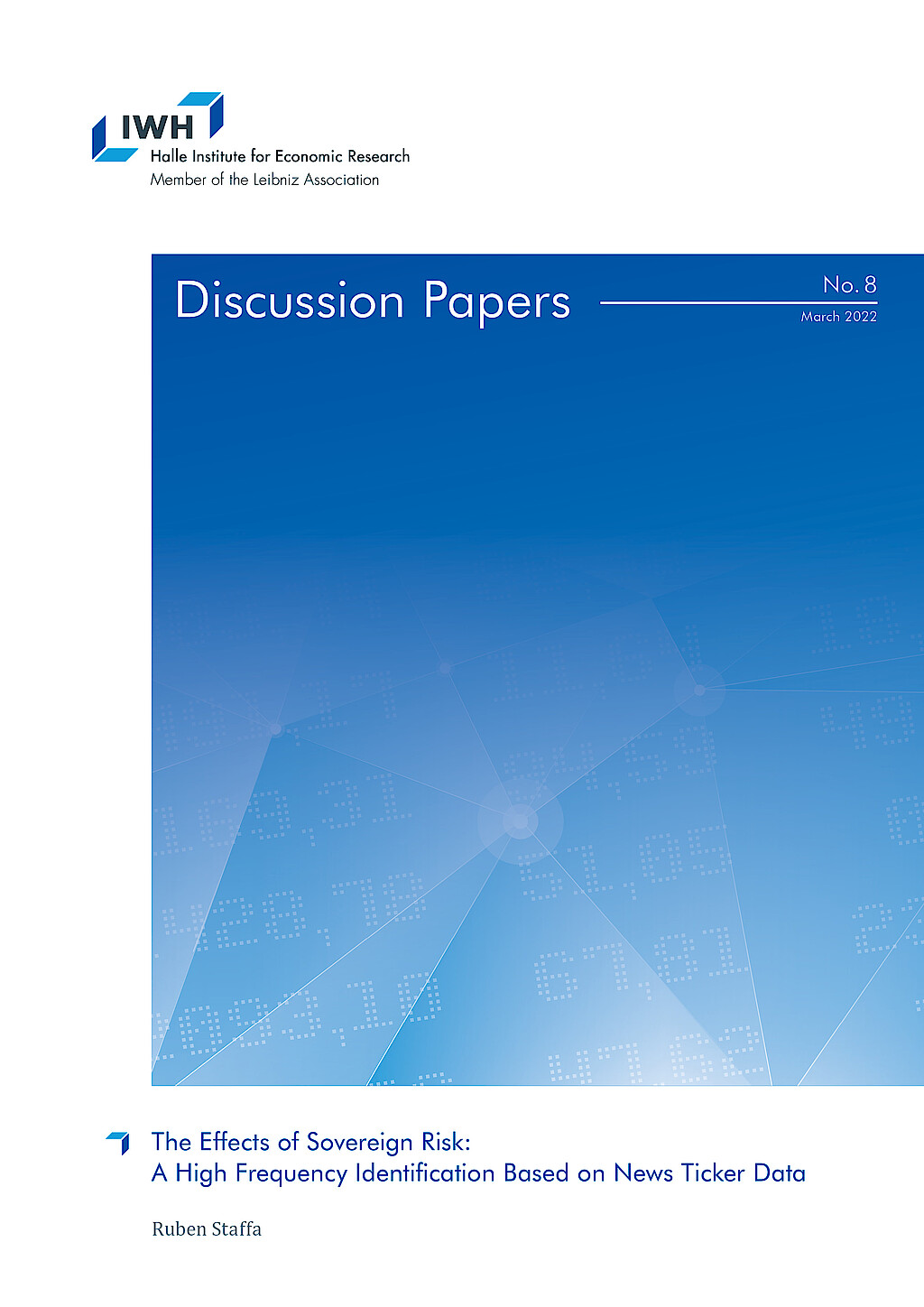
The Effects of Sovereign Risk: A High Frequency Identification Based on News Ticker Data
in: IWH Discussion Papers, Nr. 8, 2022
Abstract
This paper uses novel news ticker data to evaluate the effect of sovereign risk on economic and financial outcomes. The use of intraday news enables me to derive policy events and respective timestamps that potentially alter investors’ beliefs about a sovereign’s willingness to service its debt and thereby sovereign risk. Following the high frequency identification literature, in the tradition of Kuttner (2001) and Guerkaynak et al. (2005), associated variation in sovereign risk is then obtained by capturing bond price movements within narrowly defined time windows around the event time. I conduct the outlined identification for Italy since its large bond market and its frequent coverage in the news render it a suitable candidate country. Using the identified shocks in an instrumental variable local projection setting yields a strong instrument and robust results in line with theoretical predictions. I document a dampening effect of sovereign risk on output. Also, borrowing costs for the private sector increase and inflation rises in response to higher sovereign risk.
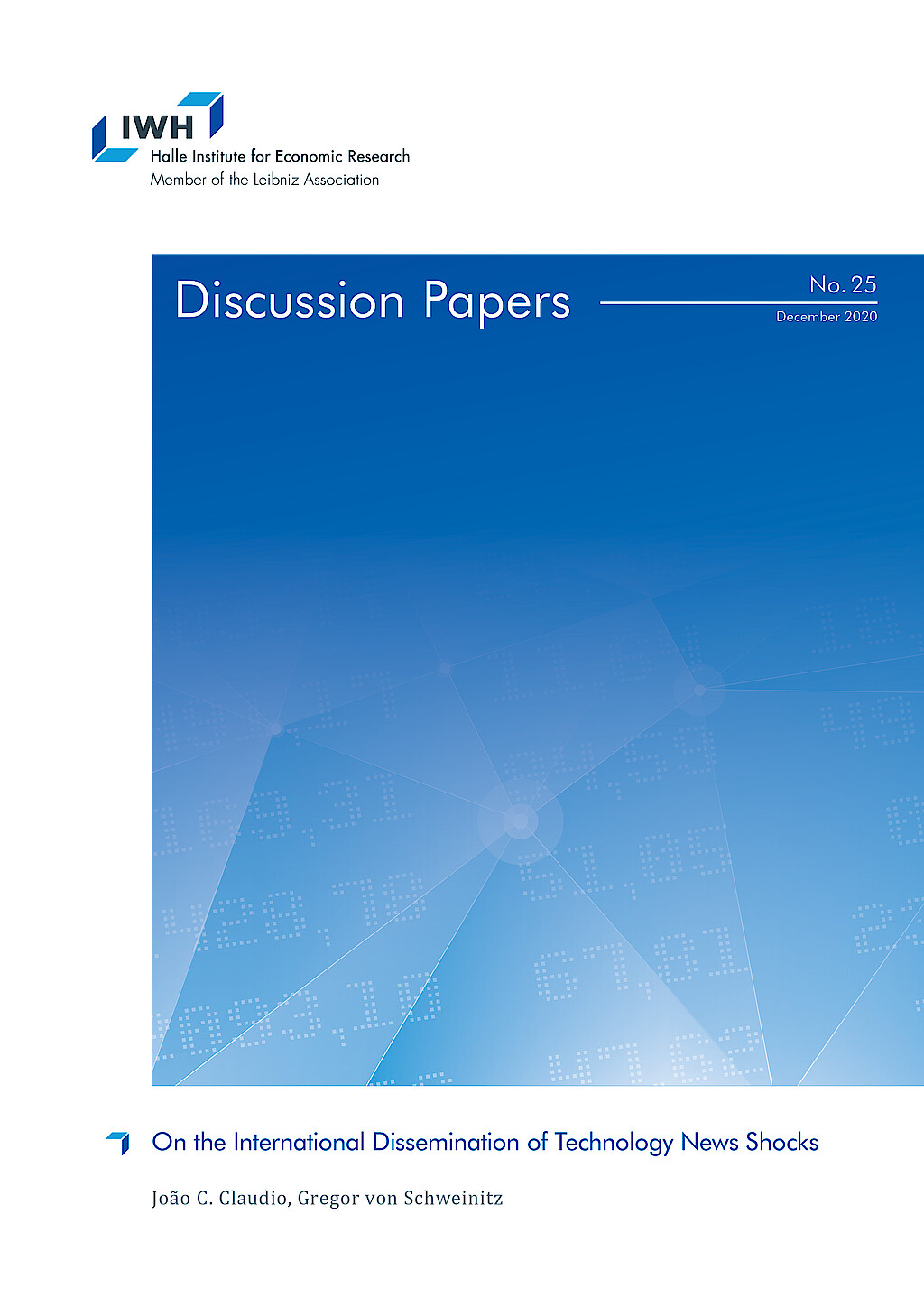
On the International Dissemination of Technology News Shocks
in: IWH Discussion Papers, Nr. 25, 2020
Abstract
This paper investigates the propagation of technology news shocks within and across industrialised economies. We construct quarterly utilisation-adjusted total factor productivity (TFP) for thirteen OECD countries. Based on country-specific structural vector autoregressions (VARs), we document that (i) the identified technology news shocks induce a quite homogeneous response pattern of key macroeconomic variables in each country; and (ii) the identified technology news shock processes display a significant degree of correlation across several countries. Contrary to conventional wisdom, we find that the US are only one of many different sources of technological innovations diffusing across advanced economies. Technology news propagate through the endogenous reaction of monetary policy and via trade-related variables. That is, our results imply that financial markets and trade are key channels for the dissemination of technology.
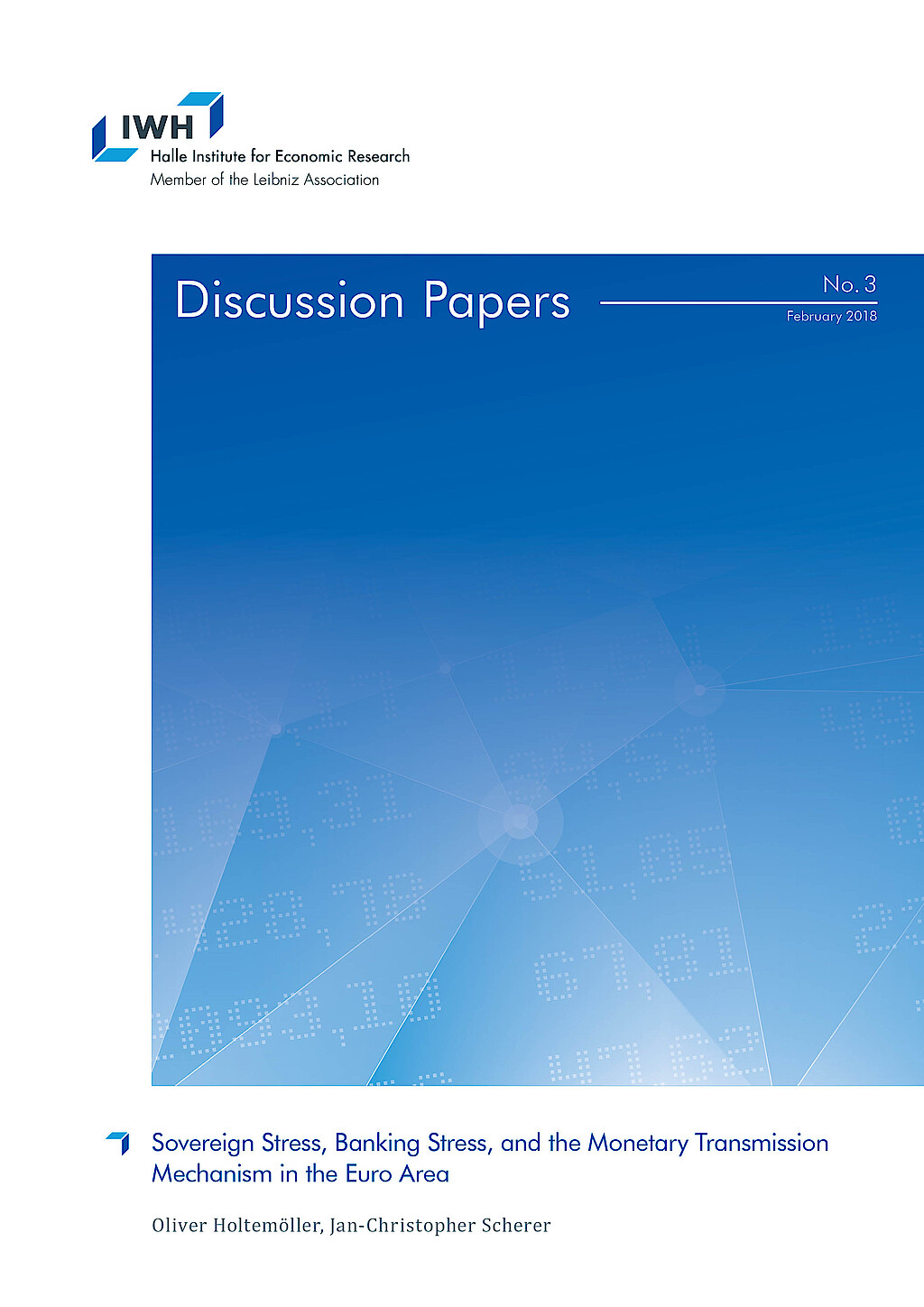
Sovereign Stress, Banking Stress, and the Monetary Transmission Mechanism in the Euro Area
in: IWH Discussion Papers, Nr. 3, 2018
Abstract
In this paper, we investigate to what extent sovereign stress and banking stress have contributed to the increase in the level and in the heterogeneity of nonfinancial firms’ refinancing costs in the Euro area during the European debt crisis and how they did affect the monetary transmission mechanism. We identify the increasing effect of government bond yield spreads (sovereign stress) and the share of non-performing loans (banking stress) on firms’ financing costs using an instrumental-variable approach. Moreover, we estimate both sources of stress to have significantly impaired the monetary transmission mechanism during the European debt crisis.














